An eighth-grader struggles with anxiety.
Recently, on a particularly trying day at McAuliffe Middle School in Los Alamitos, she walked into a room students named “The Corner,” a former eighth-grade math classroom that has been transformed into a permanent refuge for kids who need to unwind and, if they want, talk to a mental health counselor.
This is no ordinary room. It’s a WellSpace, the result of a collaboration between CHOC and the Orange County Department of Education (OCDE).
The WellSpace includes sofas, plants, and yoga pads, and mindfulness activities such as journaling, aromatherapy, beads and other crafts in an environment of soothing earth tones and pleasingly smooth shapes – nothing harsh here.
Think resort hotel lobby or your favorite cozy coffee shop, but designed with the intention of providing students a dedicated place to practice social-emotional learning skills.
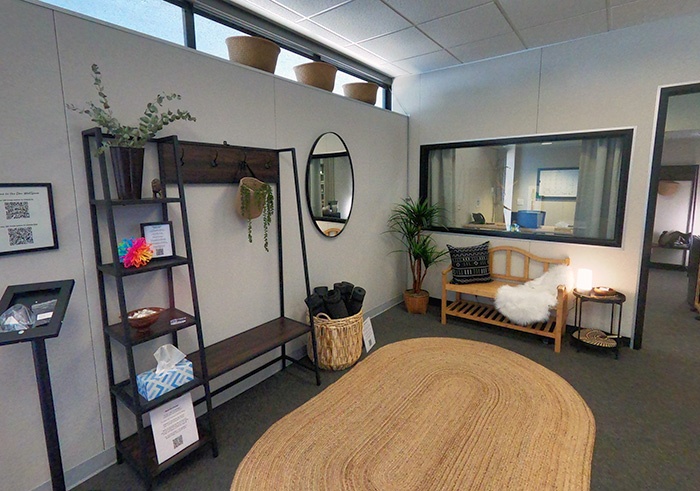
“I’m so happy to have it,” the student says. “It’s an amazing resource. It’s the perfect room to decompress after a stressful morning. It has all kinds of fidget toys and things you can do. It’s a cozy, comforting place.”
The WellSpace at McAuliffe Middle School is one of seven to open in Orange County schools since early 2021, and it’s one example of a multi-pronged effort at CHOC to address a mental health crisis among the young that has reached epidemic proportions.
In early December 2021, the U.S. surgeon general issued a rare public health advisory on youth mental health, noting that the COVID-19 crisis has exacerbated a problem that has been simmering long before the pandemic.
A few months prior to that announcement, a coalition of the nation’s leading experts in pediatric health declared a national emergency in child and adolescent mental health.
More children are dying by suicide than ever before, and the Cherese Mari Laulhere Mental Health Inpatient Center at CHOC has been full in recent years.
“I’ve practiced over 30 years (and) I’ve never seen anything like this,” says Dr. Heather Huszti, the chief psychologist at CHOC.
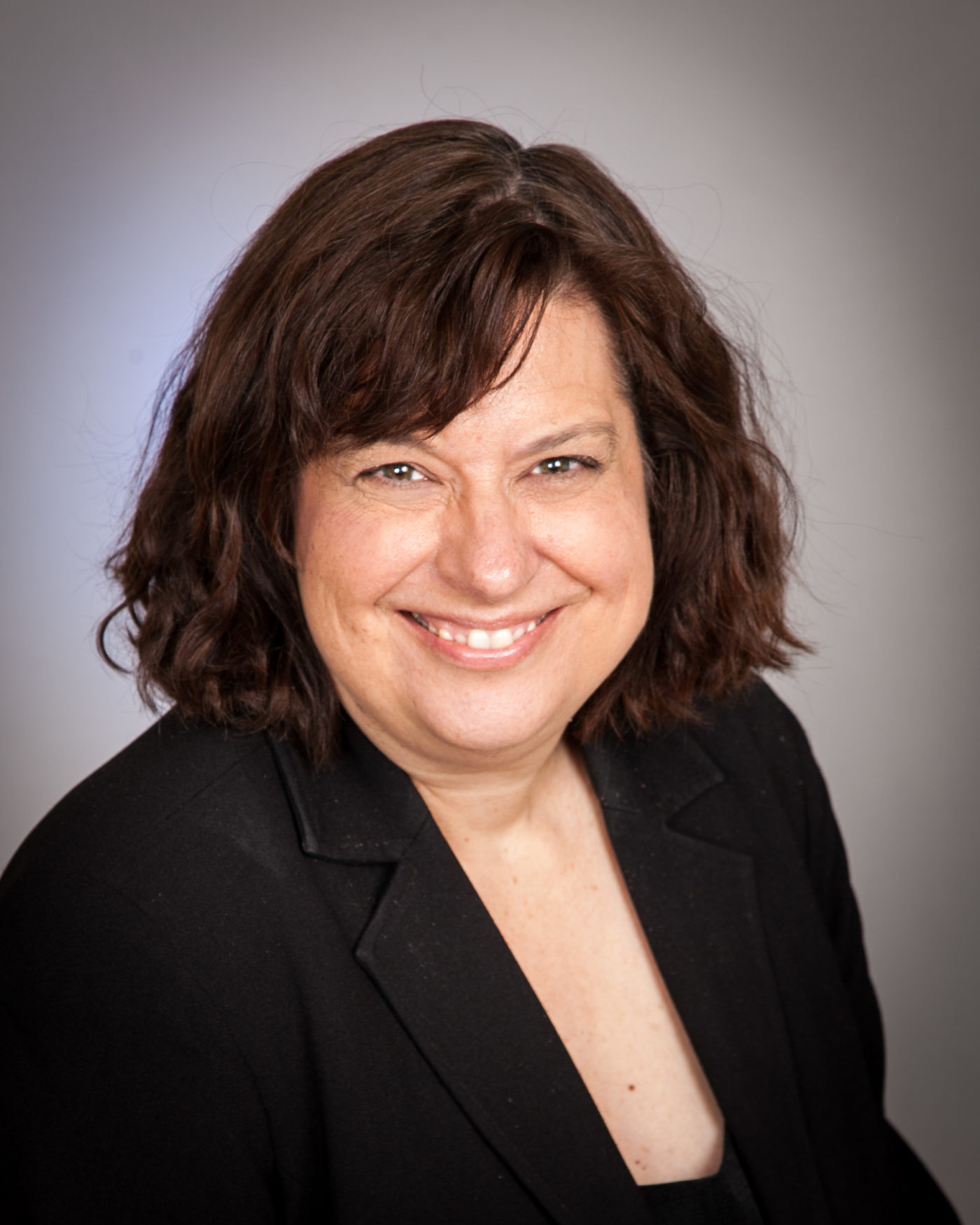
The goal of the WellSpaces initiative — along with other CHOC programs and partnerships — is to prevent kids from reaching a crisis point.
In a perfect world, the MHIC would be empty.
“There’s so much we can be doing,” says Terri Iler, manager of CHOC’s Mental Health Education Program, launched in July 2017.
But CHOC’s already doing a lot.
“We’re trying to help kids where they need it most,” Terri says.
CHOC promotes whole-child wellness
CHOC, as an institution, made a conscious decision in its strategic plan that it’s a tertiary/quaternary hospital that does great things for sick kids, but that it also needs to be in the community where kids and families are thinking about preventative care, says Dr. Michael Weiss, vice president of population health at CHOC.
“And the No. 1 place where kids and families are is at schools,” Dr. Weiss says.
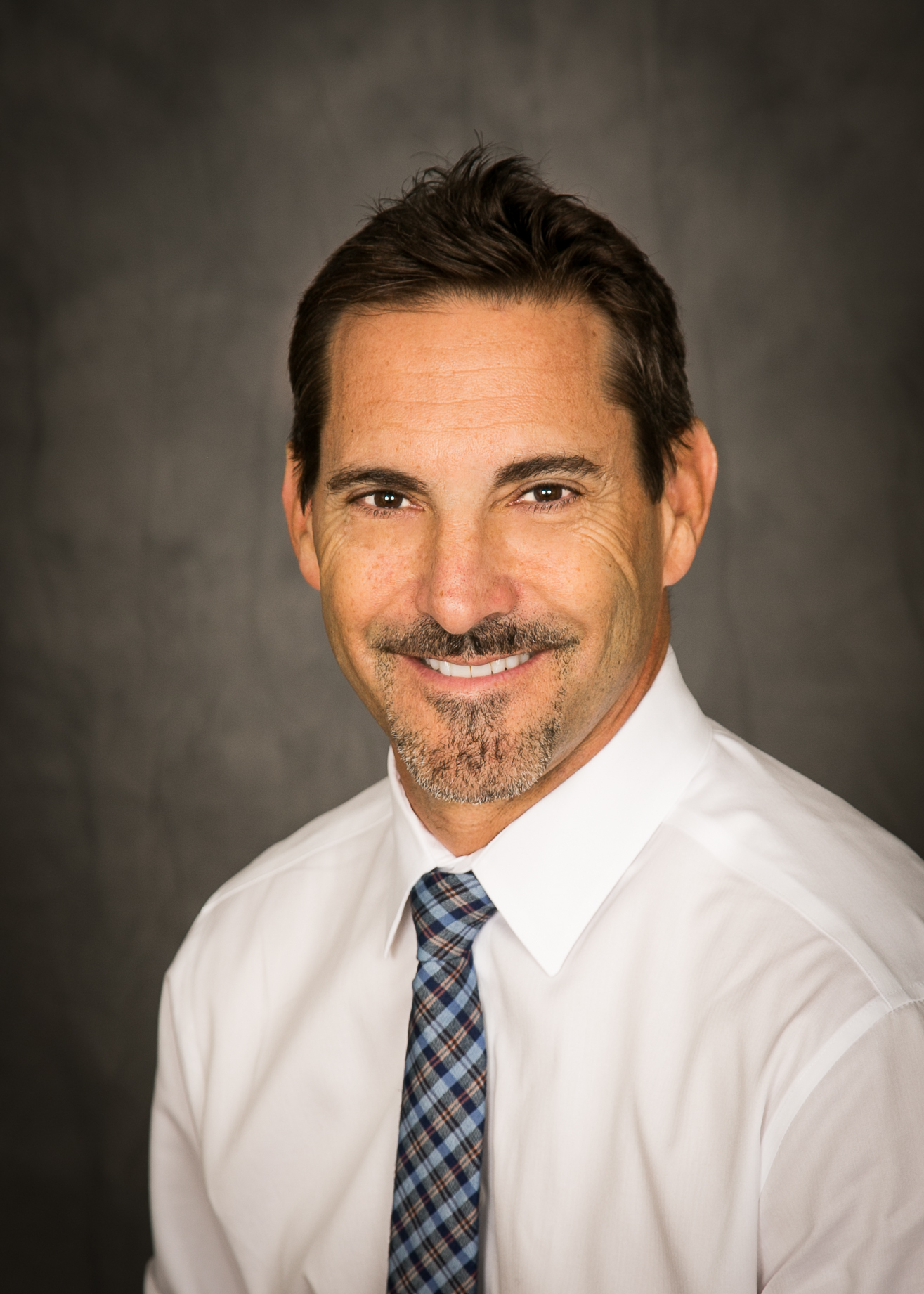
In partnership with the OCDE as well as a dozen school districts, CHOC has decided to focus on three areas in promoting whole-child wellness: care coordination, data exchange, and the WellSpace initiative.
In the first area, CHOC has established Single Plan of Care, a landing page within its Electronic Medical Records (EMR) system.
The estimated 150 K-12 school nurses in Orange County requested more access to the system, and now they have it.
“Schools spend a lot of time creating individualized education plans based on certain students’ disabilities and needs, and they need information from the pediatric community, both from primary doctors and specialists, as well as lab results and X-rays and things like that, and now that process has been streamlined,” Dr. Weiss says.
CHOC this year will be ramping up efforts to improve the exchange of data between the enterprise and O.C. schools, Dr. Weiss says. One effort in the works is Adopt a School, where primary care doctors would serve as a resource to a set of schools; for example, providing education to students, parents, and staff, being available to help with sports physicals, advising on policies, and more.
“We have a number of opportunities to expand upon our partnership between the Orange County Department of Education and CHOC,” Dr. Weiss says.
Over 30 WellSpaces now open
As of Fall 2023, 33 WellSpaces have been opened across 13 school districts in Orange County. This includes middle schools and high schools in some of the biggest districts in the county.
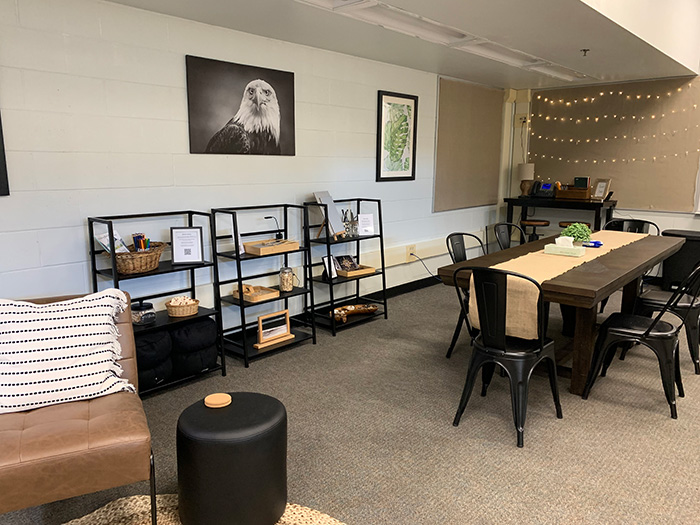
“We have approximately 15 to 20 more schools that are interested and are in various stages of participating in the creation of a WellSpace,” Iwatani notes.
Dr. Weiss says the WellSpaces are special and novel.
“The unique nature of this initiative is based on the innovative alignment between Children’s Health of Orange County and the Orange County Department of Education, two organizations with a full and complete focus on the well-being of our Orange County youth,” he says.
Ryan Weiss-Wright, principal of McAuliffe Middle School, says the WellSpace is a popular and effective way for kids to decompress.
“Kids can’t learn when their brains are stressed,” he says.
Students can ask their teacher for a pass to visit the WellSpace or go during recess and lunch.
“Our goal,” says Weiss-Wright, “is to get them back to class as soon as possible.”
Kirsten Jensen, who has a PhD in psychology, splits her time between McAuliffe and Oak Middle Schools serving as a mental health counselor. At McAuliffe, she sits in an office with large windows that was constructed inside the former classroom, a $30,000 project paid for by the Los Alamitos Education Foundation.
In addition to spending time with walk-ins, Jensen manages a caseload of around 25 students she sees regularly for clinical or group therapy.
Students who use the WellSpace at McAuliffe check in with their ID numbers and use a tablet to answer a few questions about how they’re feeling.
Then they engage in whatever activities they want to relax, including enjoying healthy snacks and sipping hot cocoa or tea.
A gratitude tree hangs on a wall at McAuliffe’s WellSpace. Students wrote on leaf-shaped papers what they’re grateful for.
One wrote: I’m grateful for the people around me who make me feel confident and make me laugh
Another wrote: Spring, inner peace, productivity
Another student wrote: I’m grateful I have people to talk to about my hardships and they will be there
“At school, our students’ mental health must be a top priority,” Weiss-Wright says. “Students come to school dealing with a wide range of stressors. Having a space dedicated to addressing these needs allows our team to meet students’ social and emotional needs so that we can engage them in learning.”
Expansive outreach
Since its formation in July 2017, CHOC’s MHEP has provided more than 400 presentations to community members, including youth, parents, educators, and healthcare providers, Terri says. That translates into close to 30,000 educators and parents reached, and more than 110,000 total community members reached.
Terri began overseeing MHEP in July 2021 after transferring over as a grant writer from the CHOC Foundation and, prior to that, spending a decade-long career in education. She says that as MHEP enters its fifth year in 2022, she and her staff are “exploring new avenues to broaden our educational reach on local, national and international levels.”
Last fall, MHEP launched a series of free mental health webinars hosted by licensed CHOC pediatric mental health specialists. The webinars are scheduled to resume this spring. MHEP also is working on revamping its online clearinghouse of resources for both CHOC associates as well as the public.
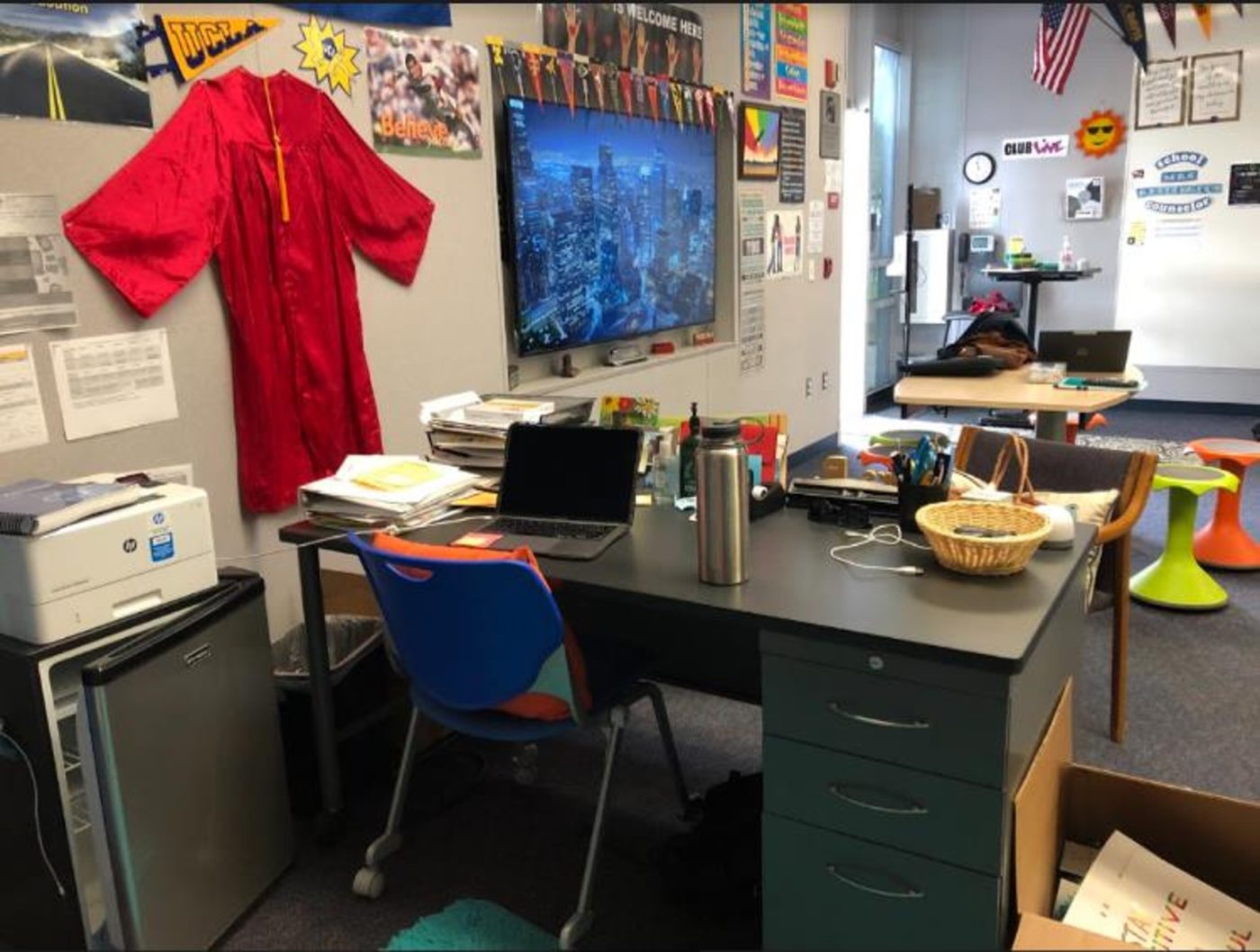

As for WellSpaces, Dr. Weiss says the hope is that, eventually, all schools in Orange County would offer them.
A recent survey of 470 McAuliffe students who used the WellSpace shows they’re working.
Asked how satisfied they were with their visit, 76.2% gave the highest response of five stars, followed by 17% with four stars, for an overall ranking of 4.7 out of 5.
“We are successfully de-escalating kids on the verge,” says Dr. Weiss.
Grim statistics in a recent report in USA Today underscore how important such efforts are.
Child suicides grew by 15% a year between 2012 and 2017, according to a July study published on JAMA Network Open, the newspaper reported.
It also reported that at emergency rooms in 38 children’s hospitals across the nation, the number of suicide and self-injury cases in the first three quarters of 2021 was 47% higher among 5- to 8-year-olds and 182% higher among 9- to 12-year-olds than they were for the same period in 2016, according to statistics compiled by the Children’s Hospital Association.
Between 2017-2019, a total of 22 Orange County residents 10-17 years old died by suicide, according to a Sept. 30, 2021, webinar co-hosted by the Orange County Chapter of the American Academy of Pediatrics. Hanging/suffocation was the No. 1 method of suicide (13 cases) followed by firearm (7). The other two suicides were caused by cutting/piercing and jumping.
Dr. Weiss says the WellSpaces and CHOC’s other efforts at addressing the pediatric mental health crisis are encouraging.
“What’s most heartwarming out of all of this is it’s really a rally cry for multiple stakeholders across Orange County,” he says. “We have parents, school, healthcare, private industry, philanthropy – everybody coming together realizing how important this is and working together to do what’s right for the kids.”

Learn more about CHOC’s pediatric mental health services
At CHOC, we specialize in providing a full continuum of pediatric mental healthcare, including inpatient, intensive outpatient and outpatient program services.




